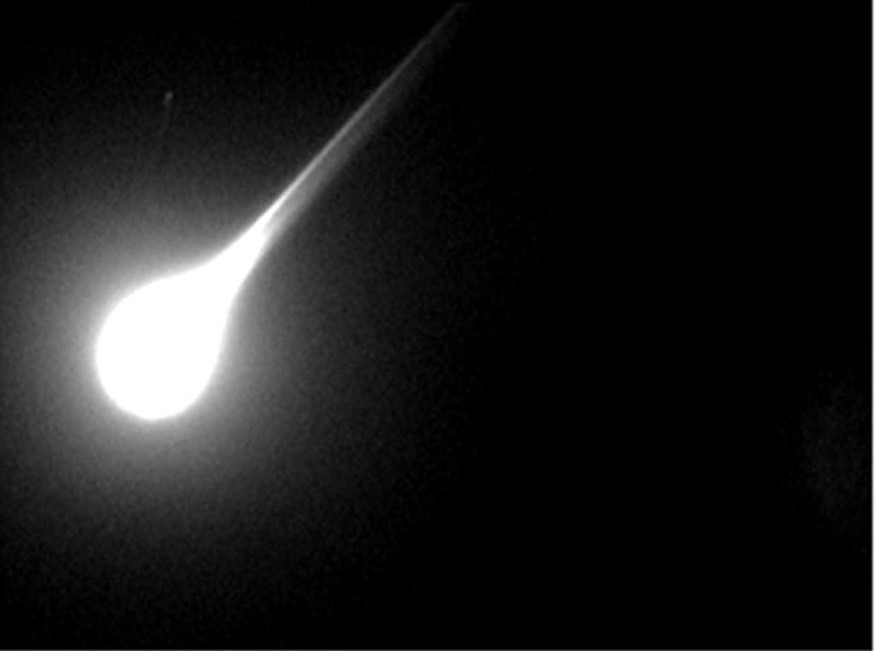Scientists discovered several organic meteorite compounds that plummeted into Michigan's Strawberry Lake in Michigan's Hamburg Township last 2018.
Recent research on October 27 in the journal Meteoritics & Planetary Science reveals that the rocks contain DNA, fats, amino acids, and other building blocks of life.

Scientists Distinguish Organic Compounds From Pieces of Meteorites
On January 16, 2018, when it traveled into the lake at 30,000 mph, the six-foot rock darkened the sky, as seen in footage that went viral worldwide.
When it reached the frozen lake, the big rock broke down into pieces. People picked up the pieces and handed it over to scientists who studied their contents.
"These kinds of organic compounds were likely delivered to the early Earth by meteorites and might have contributed to the ingredients of life," said Field Museum in Chicago curator Philipp Heck, who led the study.
Also, the raw materials found on this meteorite may indicate that billions of years earlier, a small yet larger rock may have landed on Earth and contained these substances, which ultimately contributed to the flowering of creation. The stone, though, does not contain life. However, its materials could produce life with certain conditions.
This could answer the question of the nature of substances dependent on carbon, which are the cornerstone of Earth's existence. Some scientists believe these substances originated just within the planet, although others claim they were carried from another universe by meteorites.
Pristine State of the Rock
The flock of meteorite hunters who went on-site directly to retrieve fragments maintained the meteorite's clean conditions, which significantly enabled scientists to establish a good impression of the contents of the rock. They were stopped from being blemished by microbe-rich soil from the Planet by the pieces' subsequent compilation.
"This meteorite is special because it fell onto a frozen lake and was recovered quickly. It was very pristine," Dr. Heck said. He added that minerals were not much altered, which later revealed to be rich in "extraterrestrial organic compounds."
The Hamburg rock glowed brilliantly and fractured when it burned up in the atmosphere, unlike smaller meteorites, which totally collapse and leaving nothing once they reach the Earth's surface. It was big enough, though, to leave several bits when it landed.
Just two days after the event, on the shore of Strawberry Lake near Hamburg Township, meteorite tracker Robert Ward was able to track down the rock's first fragment. He handed it over to the Field Museum of Chicago.
University of Chicago scientist and study co-author Jennika Greer said that everybody tried to add their own methodology to it with "too much curiosity about it." Hence, scientists had an "unusually detailed collection of data for a single meteorite," which was discovered to be an H4 chondrite, an uncommon type of a meteorite.
Descent of the Fireball
According to the American Meteor Society, there were hundreds of fireball records across Michigan on the evening of January 16, 2018, including Detroit's city. These were accompanied by photos of the blinding light that people caught before it erupted across Michigan.
Meanwhile, a 2.0-magnitude earthquake in the same area was also reported by the United States Geological Survey simultaneously, but officials did not confirm that the meteorite ultimately smashed into the Ground.
Instead, the meteorite erupted 20 miles above the Planet when its pieces fell in Strawberry Lake in Michigan, NASA scientists reported.
Check out more news and information on Space on Science Times.










